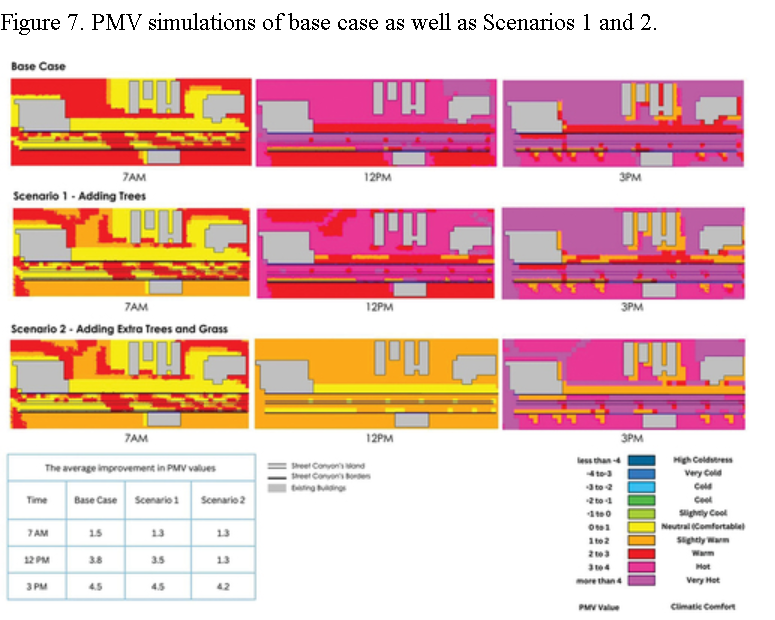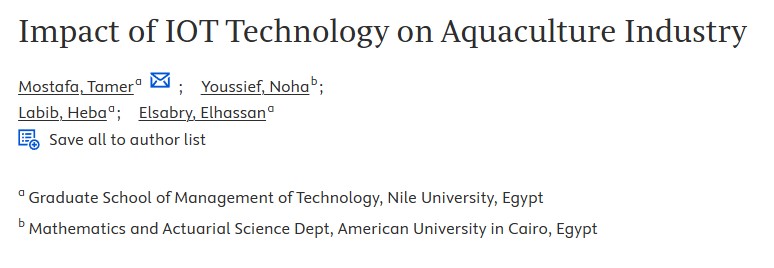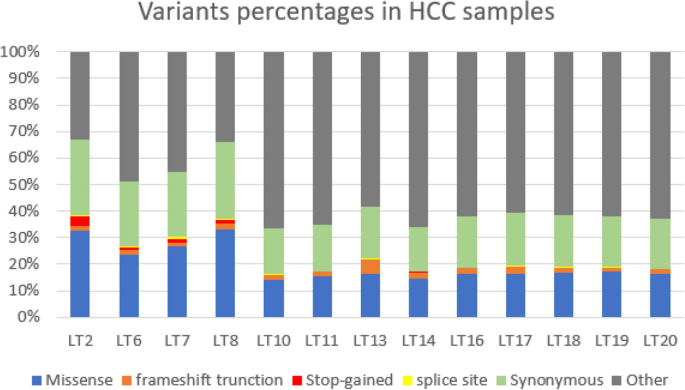
Cooperation and underlay mode selection in cognitive radio network
In this paper, we propose a technique for cooperation and underlay mode selection in cognitive radio networks. Hybrid spectrum sharing is assumed where the secondary user (SU) can access the primary user (PU) channel in two modes, underlay mode or cooperative mode with admission control. Overlay spectrum sharing allows the SU to occupy the spectrum only when the PU is idle. Cooperation (collaboration) occurs when the SU admits the PU's packet into a relay buffer to transmit in the subsequent timeslots, i.e. timeslots when no successful transmission from the PU source to the destination. In addition to accessing the channel in the overlay mode, secondary user is allowed to access the channel in the underlay mode by occupying the channel currently occupied by the primary user with small transmission power. It is proposed that the secondary user can exploit the underlay access only when the primary channel is at good transmission conditions or predicted to be in non-outage state. The destination sends a feedback message with the received SNR (channel quality status) to the PU source, which is overheard by the SU. The SU exploits the SNR feedback messages to build and update a belief function about the primary channel quality. The belief function leads the SU to select the best access mode each timeslot, underlay or cooperation. We characterize the maximum achievable throughput of our proposed hybrid spectrum sharing. By observing the simulation results, the proposed model attains noticeable improvement in the system performance in terms of maximum secondary user throughput than the conventional cooperation and noncooperation schemes. © 2016 IEEE.



